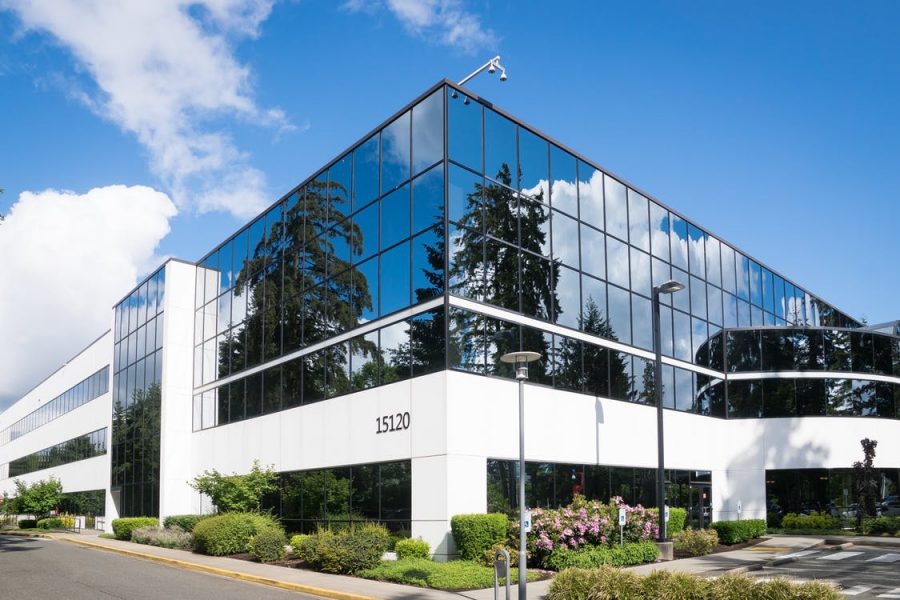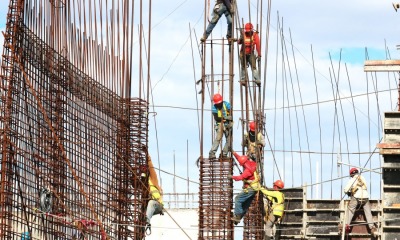Business
No More Leasing: 3 Considersations For Businesses Building Their First Location

There comes a time when a business needs to make the move from leasing to buying a location. Whether you are expanding or you’re just tired of paying rent, a permanent location can be quite useful for your business. Below are three things you must consider before building your first permanent location.

The Real Cost Of Building?
It’s important to remember that the cost of building a new location will be more than just the cost of materials. It’s vitally important that you contact a professional in the field, like those at Robar Boring Contractors Pty Ltd, to talk about the costs that don’t immediately come to mind. Permits, fees, and other costs of doing business will often appear when you least need them. If you are aware of what’s coming down the road when it comes to money, you can better budget for your build. If the costs are too high, you may need to look at a previously existing building for your new space.
The Importance Of Location
One thing you can’t change about your business is its location. While almost anything else can be altered, this will be the one factor to which you will always have to adapt in the future. If you want to have an easier go of things, make sure you scout your location correctly before you begin to build. Get a good idea of everything from demographic information to traffic patterns to figure out if your plot of land is actually useful for your business’ future. Take your time on this point, as you’ll be stuck with the area you choose.
Creating An Exit Plan
While you certainly want your business to flourish in its location for years to come, it’s important that you craft an exit plan for that location. Are property values at a place where your building could reasonably be sold for a profit in a few years? Do your business needs make it difficult to convert the unit for rental or a sale? What’s your plan if you need to expand or contract? Answers to all of these questions will be vital in your future. With any luck, these will only be rhetorical questions. Planning for a worst-case scenario is, however, always a good idea.
Make sure you are well-prepared to move into your new building. Make sure you look at the real costs of new construction versus moving into an older building, the impact that your location will have on your business, and how you’ll adapt if you need to sell the space. With a little planning, you’ll be able to make your new location a success.
-

 Tech11 years ago
Tech11 years agoCreating An e-Commerce Website
-

 Tech11 years ago
Tech11 years agoDesign Template Guidelines For Mobile Apps
-

 Business6 years ago
Business6 years agoWhat Is AdsSupply? A Comprehensive Review
-

 Business10 years ago
Business10 years agoThe Key Types Of Brochure Printing Services
-

 Tech8 years ago
Tech8 years agoWhen To Send Your Bulk Messages?
-

 Tech5 years ago
Tech5 years ago5 Link Building Strategies You Can Apply For Local SEO
-

 Law5 years ago
Law5 years agoHow Can A Divorce Lawyer Help You Get Through Divorce?
-

 Home Improvement6 years ago
Home Improvement6 years agoHоw tо Kеер Antѕ Out оf Yоur Kitсhеn









































